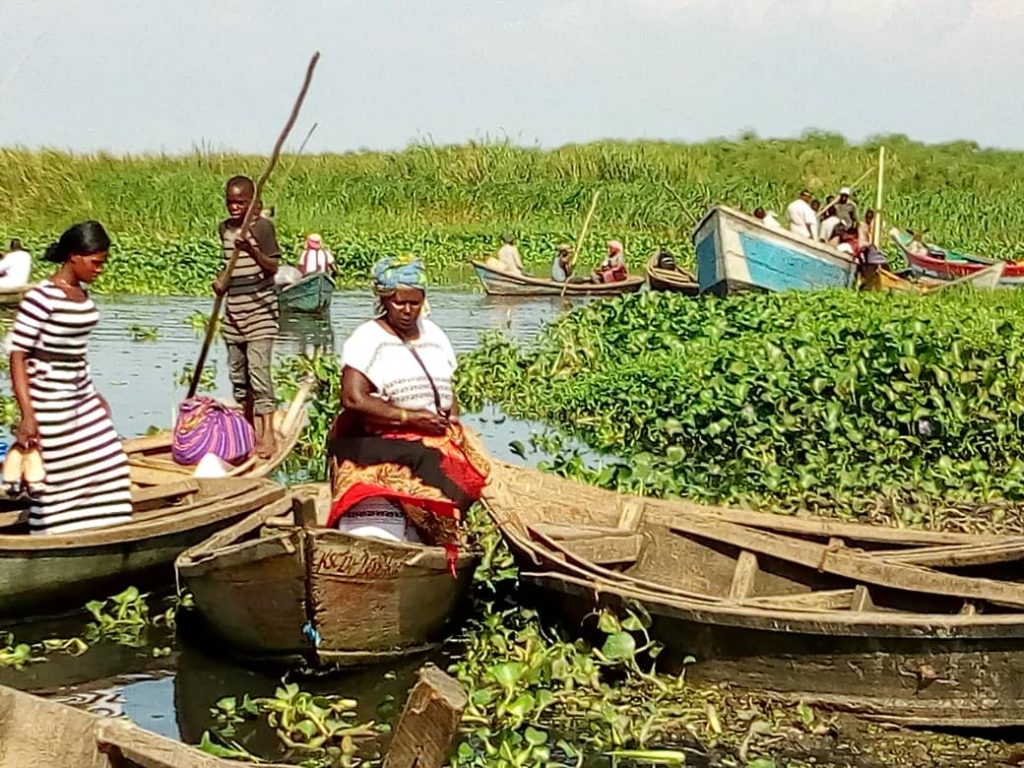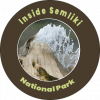Ntoroko fishing village is a great place to see the Shoebill in western Uganda. It is strategically situated towards the tip of the western arm of the African great rift valley in western Uganda. The Ntoroko fishing village is known as a small fishing village found at the base of the Western Rift valley, along the Southeastern shores of Lake Albert in Bundibugyo district.

Tourist activities at Ntoroko Fishing Village
The major tourist activities at Ntoroko fishing village include bird watching and fishing. Ntoroko village is a strong birders’ haven famous for the shoebill, a rare and most sought after bird specie in the world. There are some few migratory birds that begin to arrive in Uganda from Europe, from September to October. They usually leave between February and March. Such birds include the white-winged black terns.
Each year, such birds come with their young ones hatched during the previous season. So, as they return to Europe, they leave behind the hatchlings so that they can practice breeding. During that period, their white fur changes to a completely black color. This change in color is known as breeding – plumage.
Once they are ready, these black ones fly to Europe, breed and then later return to Ntoroko when they have developed white fur. For several centuries this has been the cycle at Ntoroko fishing village.
On a perfect sunny day, a bird watching boat trip can get you to see between 5 to 8 shoebills, hunting for fish or frogs. In Uganda, other places where one can spot these rare birds include Murchison Falls National Park and the Mabamba wetland, found in Entebbe on a marshy area of Lake Victoria.
Fishing
Ntoroko fishing village has gained its popularity because of the fishing activities and various bird species within this village. Fishing at Ntoroko is carried out by residents who form the Ntoroko village.
The Ntoroko community depends mainly on fishing where they use different fishing gear and methods, mainly traditional methods, to catch fish. Fish in Ntoroko village is caught mostly with plank canoes and to a lesser extent, fiberglass boats. There are some dugout canoes as well still being used in this village.
In a number of localities, traditional methods including baskets, traps and ‘mosquito nets‘ continue to be used. The gears commonly used include hooks, line gear, gill nets, lift-nets and scoop-nets used in light fishing. Most caught fish is silverfish and Tilapia, as well as Sprat locally known as ‘Enkejje’.
Other activities visitors engage while at Ntoroko Fishing village include nature walks, boat trips and community walk around the village. You will learn the different types of fish in the village, the traditional fishing and preservation methods and among others. The money you spend in the community really makes a difference and improves the standards of living to the citizens.
Ntoroko fishing village is surrounded by numerous attractions including Lake Albert, River Wasa and Muzizi, Toro-Semuliki Wildlife Reserve and Semuliki National Park. Travelers visiting Ntoroko community have an opportunity to rest at Nyati Game Lodge and Bumaga Campsite managed by Uganda Wildlife Authority among others.
